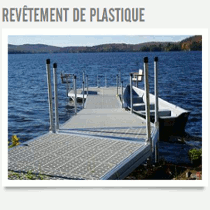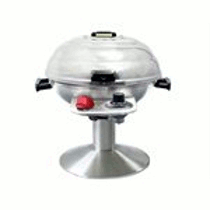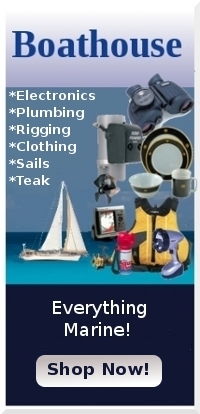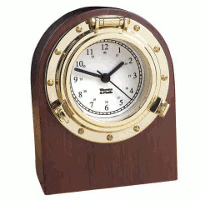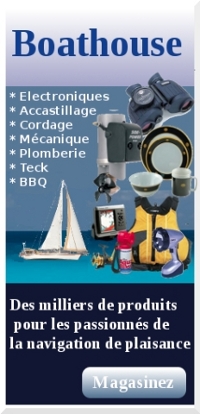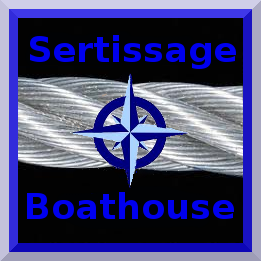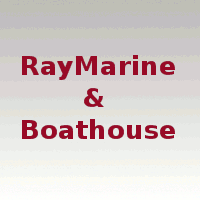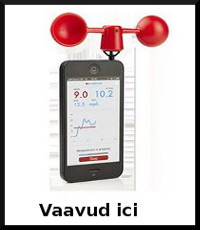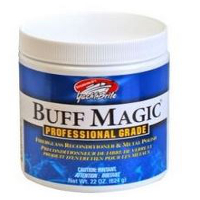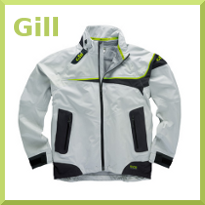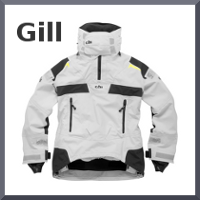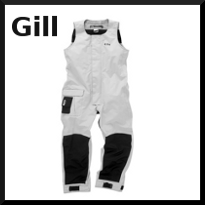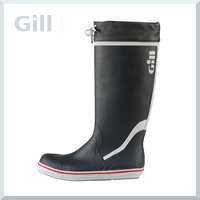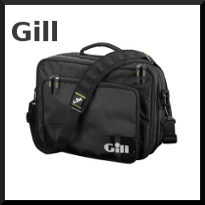Silver Donald Cameron, (yachtsman and author of “Wind, Whales and Whiskey”, “Sniffing the Coast” and “Sailing Away from Winter”), describes Cape Breton’s Bras d’Or Lakes as: “A basin ringed by indigo hills laced with marble. Islands within a sea inside an island.”
There is no doubt that Cape Breton, Nova Scotia and the 450-square-mile Bras d’Or Lakes is the destination for cruising yachts in eastern Canada. With literally hundreds of anchorages, friendly people and deep, well-marked water, the Bras d’Or Lakes are an excellent choice to get away from it all.
There are two points of entry to the Bras d’Or’s, from the south, the lock at St. Peter’s Canal and from the north through the Great Bras d’Or, passing beneath the Seal Island Bridge. There are height restrictions at both entrances, 100′ of clearance under the high-voltage wires at Beaver Narrows, to the east of St. Peter’s and 119′ of clearance under the Seal Island Bridge. Once in the Bras d’Or Lakes, cruising vessels can explore a vast area of salt water with virtually no fog, little tide influence, many anchorages and few navigational hazards. Those that do exist are very well-marked. Although the lakes freeze in the winter months, the water warms up quickly
in the spring and is excellent for swimming. In many places the shoreline is bold and boats may put their bows on the beach with plenty of water beneath the keel.
The Lakes physically consist of two bodies of water, the “Big” lake and the “Little” lake, separated by the Barra Strait which lies between the villages of Grand Narrows and Iona. A bascule bridge here allows passage of cruising vessels between the lakes. The operators of the bridge are most friendly and will see you approaching from a distance. In multiple passages, we’ve seldom had to hail the operators for a bridge opening. (VHF 10)
The best cruising guide to this inland sea was *Cruise Cape Breton – The Yachtsman’s Guide to the Bras d’Or Lake*, written by Roy MacKeen back in the 1970’s and occasionally updated and republished over the years. Unfortunately long out of print and difficult to find.
Feeling there was a void that should be filled, a local cruiser has made a project of putting some of the best of *Cruise Cape Breton* online. One of the best features of the site he is building are the “Anchorage & Harbour Charts”: “These chartlets of the are based on those originally published in ‘Cruise Cape Breton’. The chartlets here are enhanced or redrawn versions—using computer graphics software and information gleaned from various sources,including the Canadian Hydrographic Office, National Resources Canada, Nova Scotia Land Registry Information System (LRIS), Satellite Imagery, and more recent observations. Such resources were unavailable to their original creator. The hydrography in the charts is based on that given in the original ‘Cruise Cape Breton’ charts, initially prepared by Roy Mac Keen—a
founding member and Past Commodore of The Dobson Yacht Club.
These charts are not intended as a substitute for the Canadian Hydrographic Service (CHS) charts but are intended to provide supplementary information and detail, unavailable in the large-scale CHS charts, for the benefit of cruisers.”
There is quite a bit of information in the “Marinas & Yacht Clubs” section as well and it is growing. The entire site can be downloaded and stored on your laptop onboard if you don’t expect to always have an internet connection.
The site can be viewed here?
Ken Heaton
S/V Salazar – CAN 54955
1990 – C&C 37/40 XL #67
Cape Breton Island, Nova Scotia
Salazar’s Voyage down the St. Lawrence River – Toronto to Cape Breton Island?
Cruising Cape Breton’s Bras d’Or Lakes

